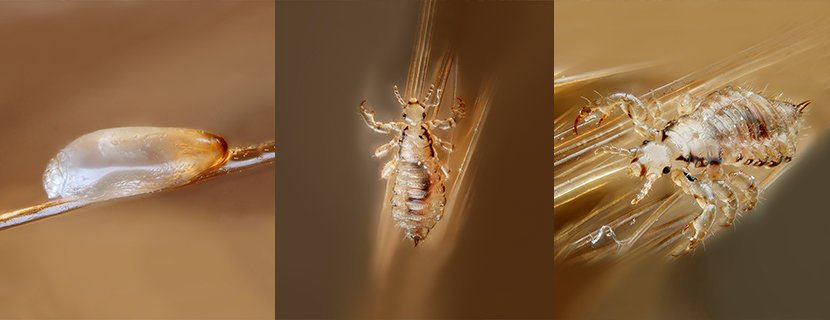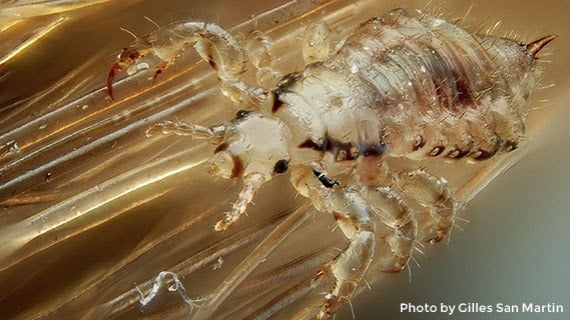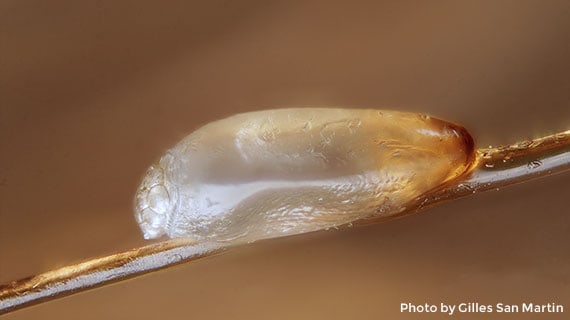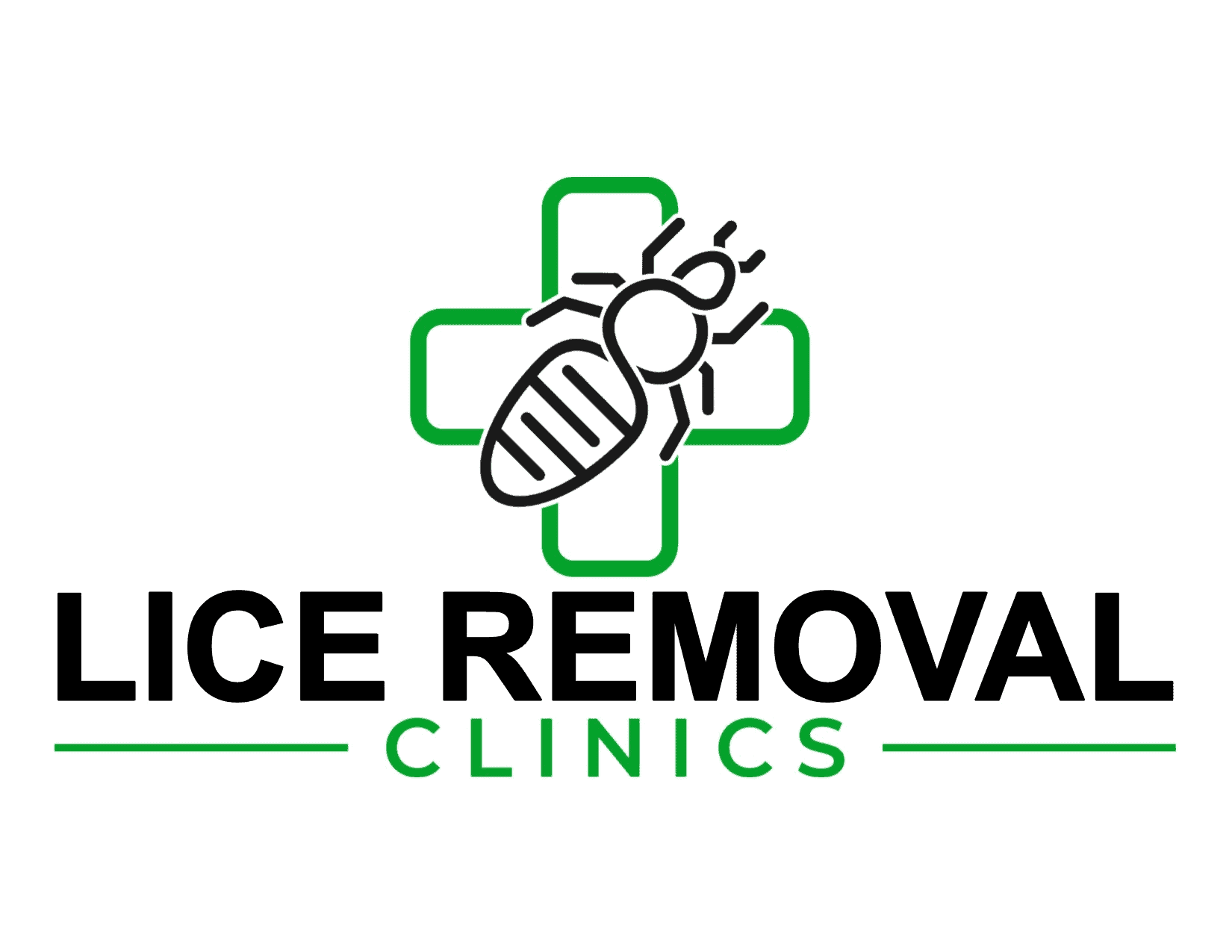FREQUENTLY ASKED QUESTIONS
ABOUT HEAD LICE!

Adult lice will be the easiest to spot because they are the biggest. But at the size of a sesame seed, they still aren’t that big. Although lice vary in color, if you see a grayish-white, tan or dark bug crawling through the hair, it is probably a louse. The color of lice vary based on your hair color. You will find lighter bugs in blonde hair and darker bugs in brown or black hair. Look at the hair strands about a quarter inch (~0.5 cm) off the scalp. See if you can find lice eggs (often called nits) attached to individual hairs. Nits are extremely small. They look like tiny specks and will be glued pretty securely to the hair. If you see any, try pulling them off with your fingers. If you can’t easily pull them off, they are probably eggs and not dandruff.


The most common way you can get head lice is when your head comes in direct contact with a person who has head lice. The one thing we can guarantee is your child got lice from another person and so on…
Head-to-head contact like that doesn’t guarantee that the infestation will spread, but it gives lice the best opportunity to move from the hair of the infested person to your hair. Head lice don’t jump, swim or fly. Without strands of hair to grab with the claws on their legs, they have trouble getting around at all. However, they can crawl pretty quickly along the hair, so if your hair comes in contact with an infested head, it doesn’t take much for a louse to hitch a ride on a strand of your hair and make its way to your scalp.
Excluding the 9-10 days they spend as eggs, head lice can live for around 30-35 days on your head. As parasites, they feed on human blood several times a day. If they are removed from their food source – say from getting knocked out of your hair with a brush or your hand – they can survive 24-48 hours. If they don’t find some human hair to crawl back to a new host during that time, they will die.

SUPER LICE are real, and they are making it ALMOST IMPOSSIBLE for you to get rid of lice yourself. Our technology and process kill 100% of lice, even super lice, every time. Super lice evolved because of repeated exposure to the chemicals in the most popular over-the-counter (OTC) products over nearly 50 years! Repeated exposure builds resistance, not only to that particular treatment but to virtually all similar products. Therefore, OTC products no longer work very well, which means that most people are simply wasting their money on OTC treatments. On top of that, you may just be prolonging the misery because it can take a week or more to determine that an OTC or home remedy treatment has failed because nits are continuing to hatch. During this time you are risking exposure to your family and friends.
Many of our customers have tried at least one version of at-home treatment before calling us. Don’t waste time - call us today!

Heated Air technology Therapy, is a revolutionary alternative to treating head lice with pesticides, heated air or nit-picking. This new technology was developed and researched by trained head lice experts. This treatment is:
FAST: One, single treatment is all that is needed to kill head lice and eggs - less than one hour.
EFFECTIVE: This heated air process immediately immobilizes lice and nits in all stages, making them easily removed.
GUARANTEED: We promise 100% success.
Head lice do not survive long if they fall off a person and cannot feed. You don’t need to spend a lot of time or money on house cleaning activities. Follow these steps to help avoid re–infestation by lice that have recently fallen off the hair or crawled onto clothing or furniture.
- Machine wash and dry clothing, bed linens, and other items that the infested person wore or used during the 2 days before treatment. Lice have no body temperature of their own, they maintain the body temperature through the host. Anything we can do to drastically change the temperature will kill the lice. Machine wash all laundry and dry on the high heat drying cycle for 45 minutes. Clothing and items that are not washable can be dry–cleaned OR sealed in a plastic bag and stored for 2 days.
- Freeze brushes, combs, hair ties etc for 3-4 hours.
- Vacuum the floor and furniture, particularly where the infested person sat or lay. However, the risk of getting infested by a louse that has fallen onto a rug or carpet or furniture is very small. Head lice survive less than 1–2 days if they fall off a person and cannot feed; nits cannot hatch and usually die very quickly if they are not kept at the same temperature as those found close to the human scalp. Spending much time and money on house cleaning activities is not necessary to avoid re-infestation by lice or nits that may have fallen off the head or crawled onto furniture or clothing.
- Do not use fumigant sprays; they can be toxic if inhaled or absorbed through the skin.
- Lint roll or vacuum cars, and take care of sporting equipment.
